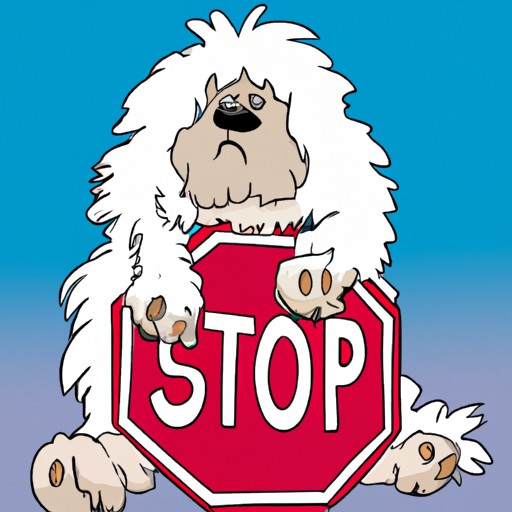As dog parents, we all know the feeling of finding a layer of fur on our favorite couch or a floating hair in our morning coffee. Shedding is a natural process for dogs, but it can also be a nuisance for owners. The good news is, there are methods and strategies to reduce dog shedding and keep your home (and your clothes) fur-free.
Table of Contents
1. Understanding Dog Shedding
2. Regular Grooming
3. Proper Nutrition
4. Hydration
5. Regular Vet Check-ups
6. Home Environment
7. FAQs
Understanding Dog Shedding
Understanding why dogs shed can help us manage it better. Shedding is a dog’s way of removing old or damaged hair. The amount and frequency of shedding can depend on their health, breed, and season. Check out this comprehensive guide on why dogs shed to get a better understanding of the process.
Key takeaways:
- Shedding is a natural process for dogs
- The amount and frequency of shedding can depend on health, breed, and season
- Regular grooming, nutrition, hydration, vet check-ups, and a suitable home environment can reduce shedding
Regular Grooming
Regular grooming is one of the most effective ways to control shedding. This includes brushing, bathing, and sometimes even professional grooming services. For more detailed information on grooming techniques, have a look at this article.
- Brushing: Brushing your dog regularly (daily or weekly, depending on the breed) can significantly reduce the amount of hair that ends up on your floors and furniture. It’s best to use a de-shedding tool or a slicker brush.
- Bathing: Regular baths can help loosen and remove excess hair. Always use a dog-appropriate shampoo.
- Professional grooming: For breeds with long or thick coats, consider professional grooming services. They can provide deep cleaning and hair trimming, which can significantly reduce shedding.
Proper Nutrition
Just like humans, dogs need a balanced diet for good health and hair. High-quality dog food that is rich in proteins and fatty acids can promote healthier and stronger hair, which reduces shedding. If you’re unsure about what food is best for your dog, check out this guide on dog nutrition.
Hydration
Keeping your dog well-hydrated is essential for their overall health, including their skin and coat. Dehydrated dogs can have dry, brittle hair that sheds more easily. Make sure your dog always has access to fresh, clean water.
Regular Vet Check-ups
Regular vet check-ups are crucial to ensure your dog is healthy. Certain medical conditions can increase shedding, so it’s essential to rule out any health issues. Your vet can also provide more personalized advice on reducing shedding.
Home Environment
The home environment can also impact shedding. Dogs that are stressed or live in poor conditions can shed more. Ensure your dog has a comfortable living environment, and try to minimize stress. Check out these tips to create a pet-friendly home.
Frequently Asked Questions
Q: How often should I groom my dog?
A: It depends on the breed, but generally, you should brush your dog daily or weekly, and bathe them every 1-2 months.
Q: Can diet affect shedding?
A: Yes, a poor diet can lead to increased shedding. A balanced diet rich in proteins and fatty acids can promote healthier and stronger hair.
Q: Can I stop my dog from shedding completely?
A: No, shedding is a natural process for dogs. However, you can significantly reduce it with proper grooming, nutrition, hydration, regular vet check-ups, and a comfortable home environment.
By understanding why dogs shed and taking proper care of their grooming, nutrition, hydration, and overall health, you can significantly reduce your dog’s shedding. Remember, a little effort can make a big difference in keeping your home fur-free!



